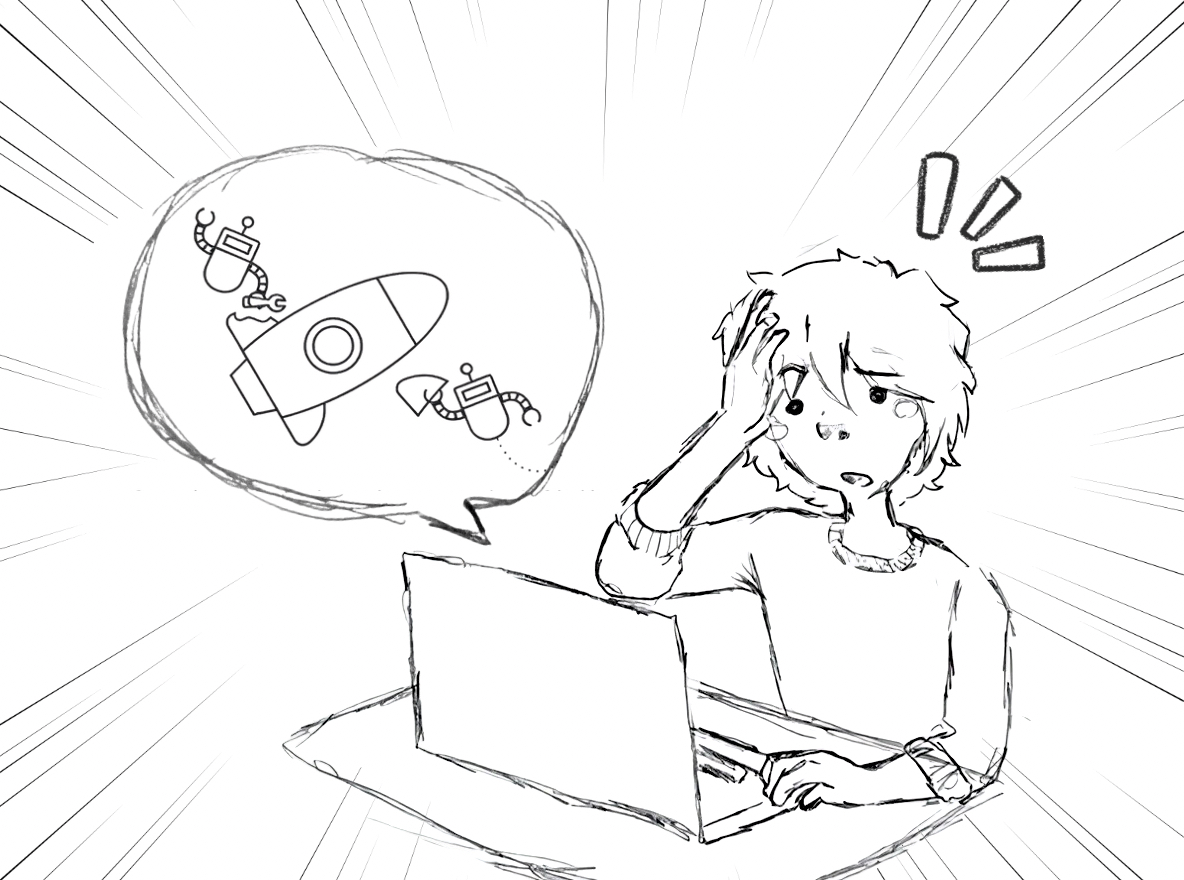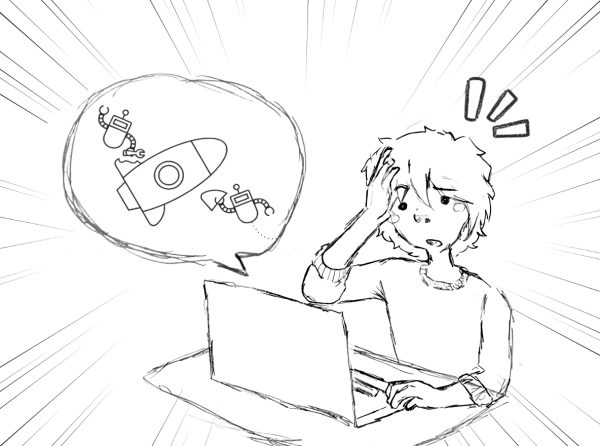Coronavirus is wake-up call for US healthcare system
Costs of healthcare ignite more coronavirus fears
February 12, 2020
As of Feb. 8, the coronavirus death toll in China reached 722 and 34,546 cases across Europe, Asia, Oceania and North America have been confirmed. Bloomberg News reported on Feb. 7 that Secretary of State Michael Pompeo commented that the United States is preparing to contribute $100 million in the aid of preventing the spread of coronavirus.
There is no doubt that this money will be useful, but what if the United States could do more to help prevent the furthering of this devastating outbreak? The answer lies within the embarrassment that is our healthcare system. Insurance and out-of-pocket consumer costs for United States citizens are staggering. CNBC reported in 2018 that healthcare costs in 2016 cost the average United States citizen $10,000 a year.
A 2018 survey of 1,300 adults completed by the University of Chicago and the West Health institute concluded that 30% of those asked had to choose between medical bills and necessities — like food or housing — within the previous year. Additionally, 39% of those asked said they did not visit the dentist, even when they needed treatment, and 40% admitted to skipping a recommended medical test. 44% of those asked said they avoided going to the doctor when they were sick because of the cost, and 60% of people who engage in these habits are afraid of medical bills.
A 2009 Harvard University study under former President Obama found that 62.1% of all bankruptcies in 2007 were caused by medical debt.
This cultural fear and punishment of medical debt is unique to United States citizens. The commercialization of healthcare has caused healthcare costs to skyrocket while keeping the quality of care, which many deem inadequate, the same. It is easiest to frame this problem while analyzing the cost of insulin.
The American Diabetes Association said the average price of insulin tripled between 2002 and 2013, and many dependent on it find themselves traveling to Canada, where a vial of Humalog can be found for $32. Even with insurance, the United States’ price for the life-saving drug is $300.
The 2018 United States Census reported that 27.5 million citizens were living without health insurance, a number that increased by 2 million from 2017. With almost one in 100 citizens uninsured, and those with insurance afraid of going to the doctor, it is distressing to think of the potential devastation if Coronavirus were to rage through the United States as it currently is in China.
Rather than allocating these proposed Band-Aid funds, our government should prove that they care about the prevention of coronavirus (and all illnesses, period) by destroying our present healthcare model. 2020 presidential candidate Bernie Sanders has popularized such ideology since his 2016 campaign, guaranteeing a Medicare-for-all system once elected.
Instead, it seems as though the exact opposite is true. 32 out of the 33 “developed” nations of the world consider healthcare a right. The United States is the lone one.
It is in a government’s best interest to provide the best health care possible to its citizens and, currently, the U.S. healthcare system is not doing that. Millions of people go bankrupt every year due to an unexpected sickness, young diabetics die rationing their insulin because they cannot afford to buy more than absolutely needed and parents resort take measures to afford to keep their sick children alive.
This is the current state of the United States of America, and it might just take a deadly pandemic to change it.


























































































